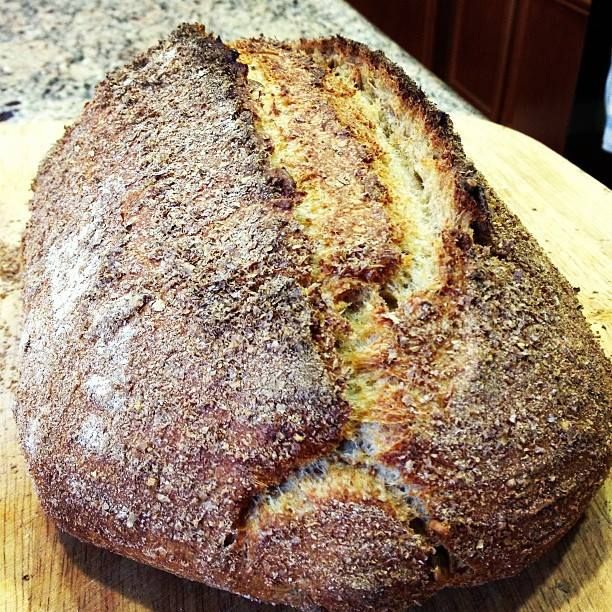Zsemle dekoratívan.

- Log in or register to post comments
- 2 comments
- View post
- Szanter5339's Blog




Whole Wheat, Spelt and Semolina Bread with Pumpkin and Sunflower Seeds
[URL=http://s1292.photobucket.com/user/Steelhead503/media/Baking/96Bake1_zps3cf5c262.jpg.html] [/URL]
[/URL]
Crumb…...

Ingredients
5 pound brisket flat
6 cloves of garlic, minced
2 C beef stock (unsalted or low salt)
2 C red wine
3 large onions, sliced 1/2” thick
1 celery rib and 1 carrot sliced 1/2” thick
4 T canola oil
1 tsp each sea salt and fresh ground black pepper
1 tsp each onion powder and garlic powder
3 T of tomato paste
1 cup ketchup
1/2 cup Vietnamese garlic chili sauce –more it you like it hot.
1/2 cup brown sugar
1 tsp each dried thyme and rosemary

We used the same amount of the 3 part levain that we used for the Challah bake earlier this week. It was a 3 stage poolish with a pinch of DY, YW and SD levain that was retarded for 48 hours 1 hour after the levain had risen 25% after the 3rd feeding.
Our last Tzitzel used a SD levain and we know the Pratzel’s Tzitzel was commercial yeast. We would expect that this will more closely approximate the flavor of the St Louis original corn rye.


So this week was fun. This bread is a wonderful sweet and chewy treat I kept the date almost whole so you get big pieces in every slice.Things are going well. I never thought that this kind of bread production could be done in these time constraints. That being said next year will be different. There are big changes happening to the market this winter and I will have more space and time to produce even better bread. I hope to have the time to devote a full day to these breads.

